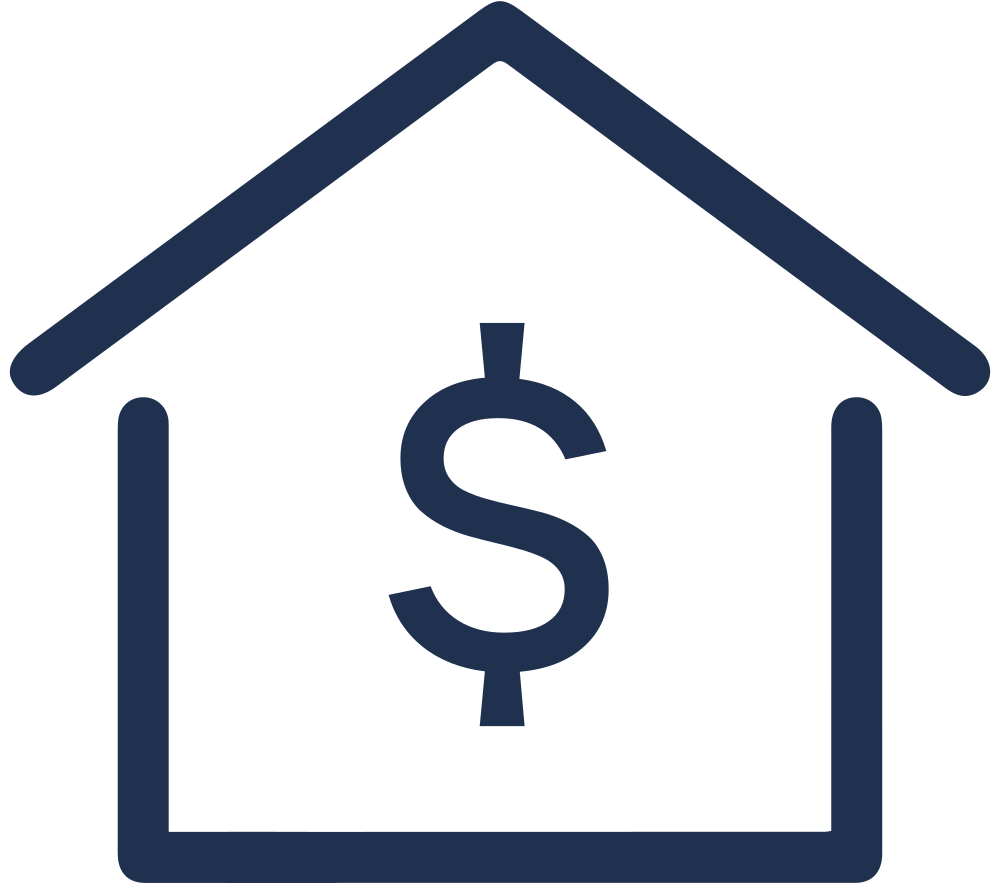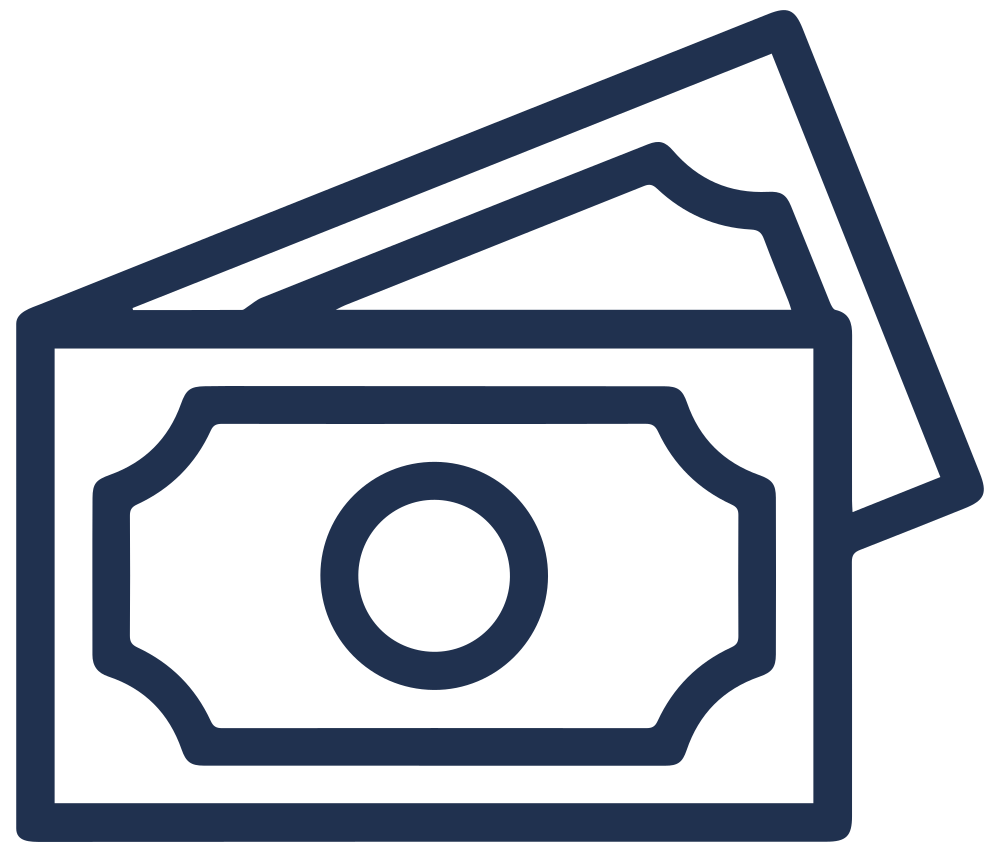What Does It Mean To Refinance A Loan?
To “Refinance” means to revise an existing mortgage. The current mortgage is paid off and is replaced by a new mortgage. People typically refinance to lower their interest rate, pay off debt, cash-out equity, or change loan type/terms.
Mortgage rates may not be as low as they once were, but over 40% of homeowners have a higher rate than today’s market rate. Many could save thousands by refinancing. Are you one of them?
How much can you save by Refinancing? The short answer is to this question is, it depends. With Credit Card and Installment Debt being at all-time highs the savings opportunity utilizing the equity in ones home can be substantial, BUT refinancing your home can have certain costs associated with it; therefore you will need to evaluate whether the benefits outweighs the costs to refinance your existing home loan.
Below you will find some basic knowledge and things to consider when trying to determine if a refinance makes sense for you.
Feel free to contact us today at 888.550.3296 with any questions!
-

TAKE CASH OUT
Leverage your investment and use the equity your home has gained over the years
Good forRenovating your home
Paying down high-interest debt -

LOWER YOUR PAYMENT
As an established homeowner, you can improve your financial security by refinancing to a lower payment
Good forLowering your monthly outlay
Planning for retirement -

SHORTEN YOUR LOAN TERM
Refinance into a shorter term so you can pay off your mortgage sooner
Good forReducing the amount of interest you’ll pay
Becoming mortgage-free faster


 (888) 550-3296
(888) 550-3296
